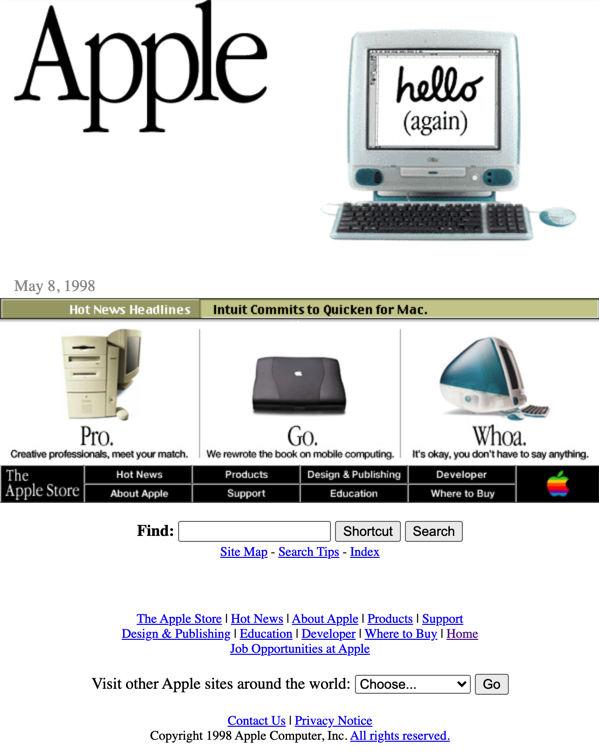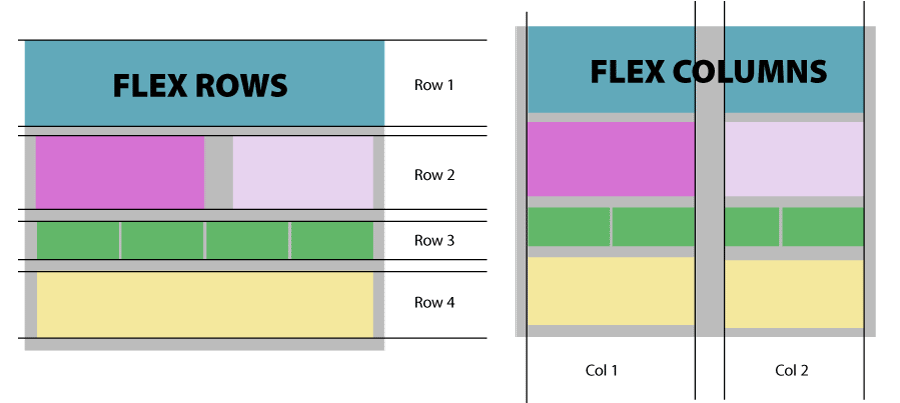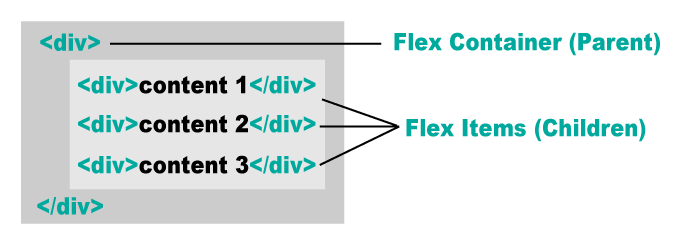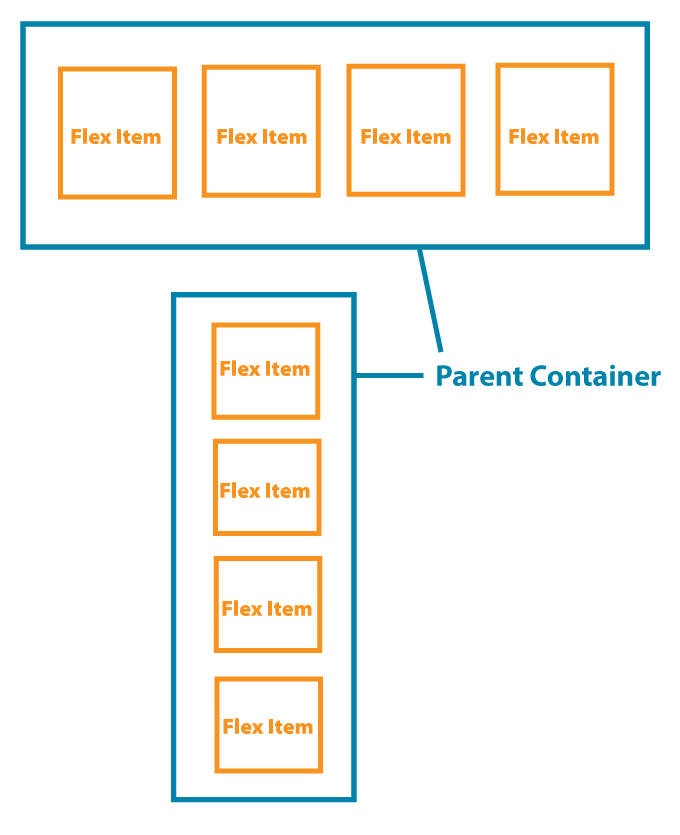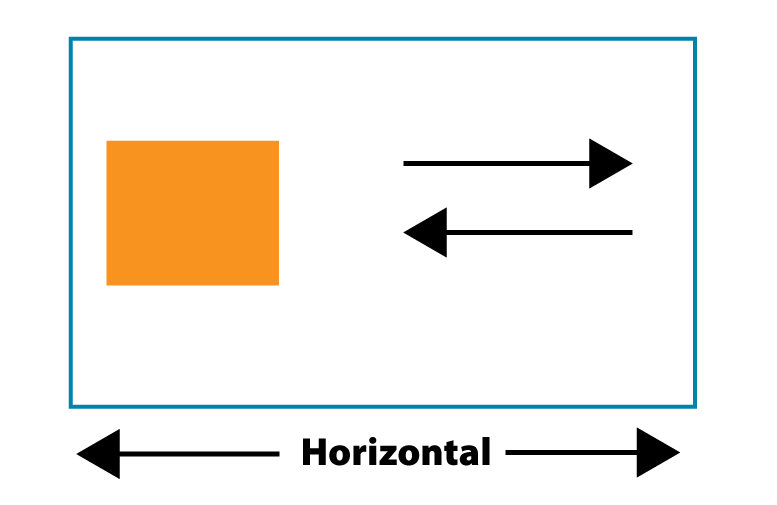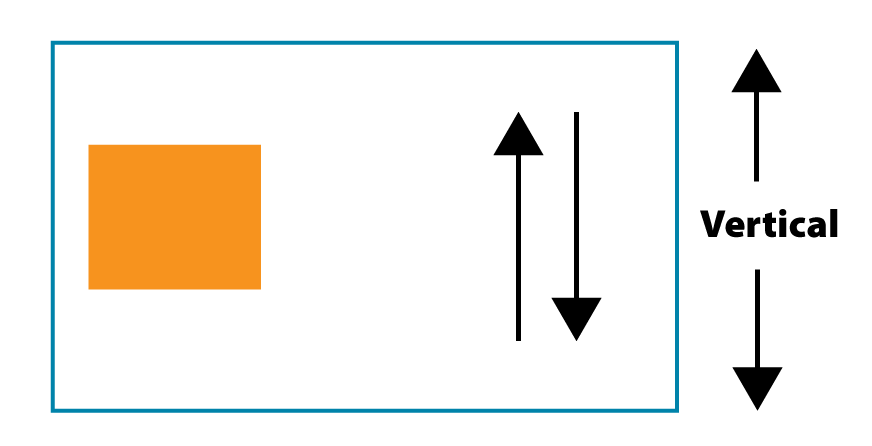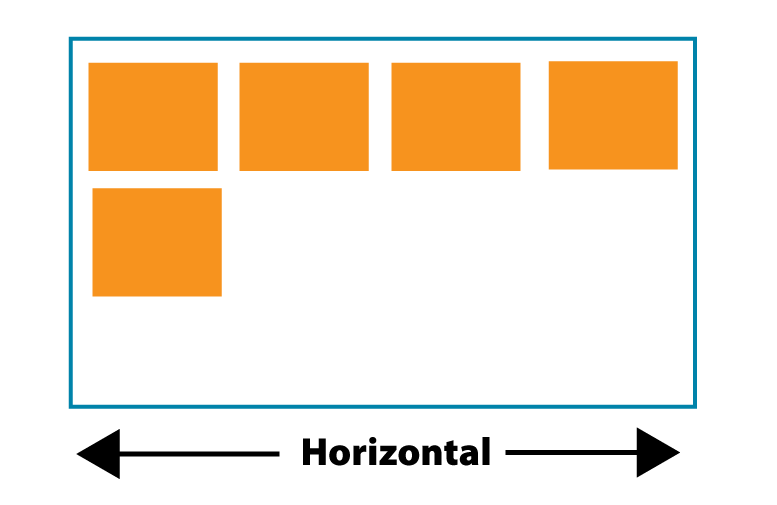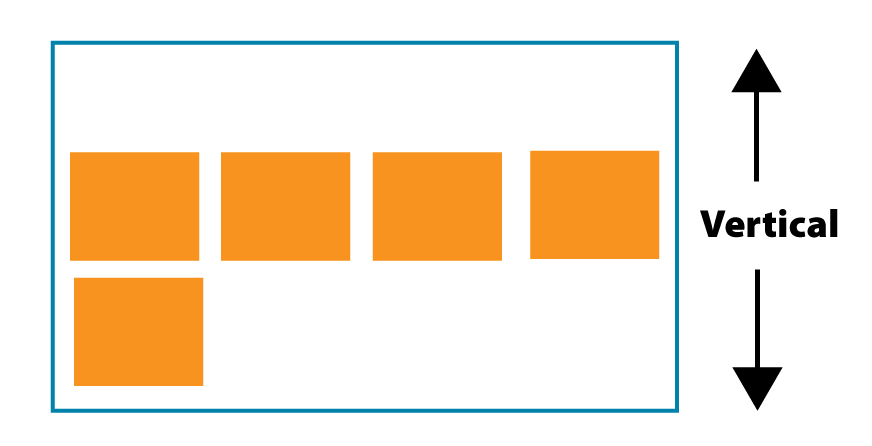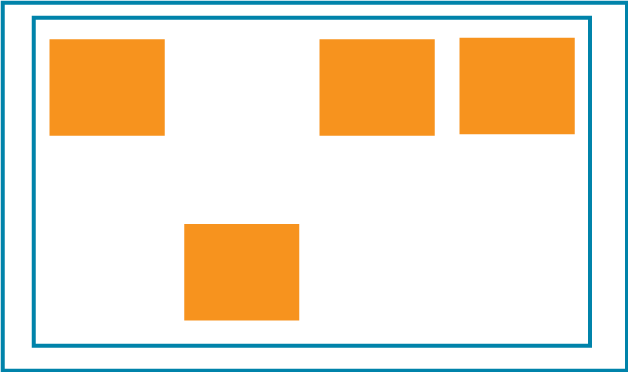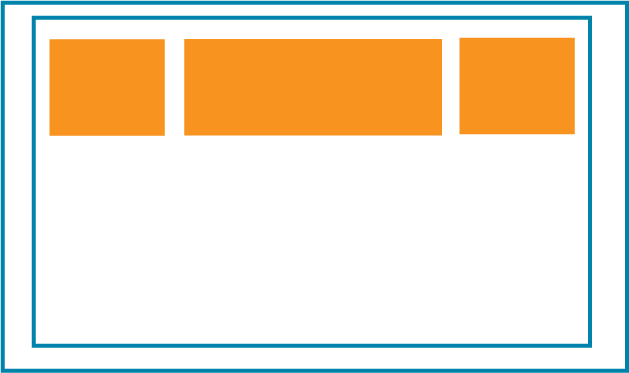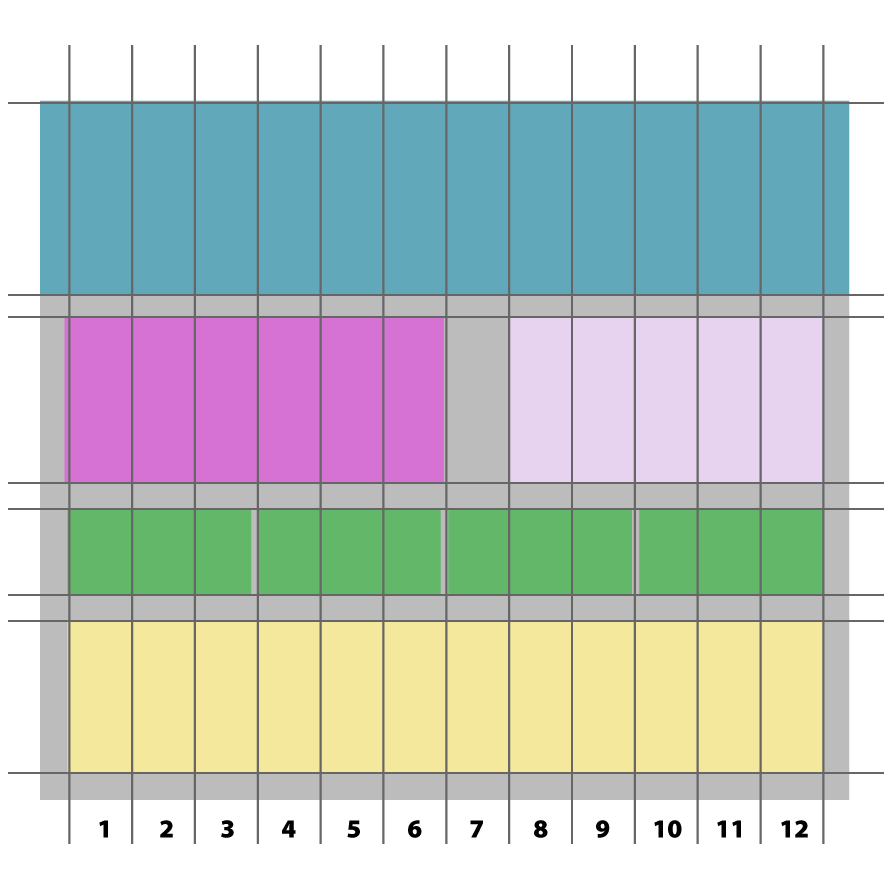
Website Layout
Using Cascading Style Sheets
What is Website Layout?
Website Layout is more than just "Design". It's how a webpage content is structured and presented to users in a way that is pleasing and easy to use.
Key aspects of Web Layout
- Content Placement: Where to place text, images, videos in a logical way that captures viewer's attention.
- Navigation: Deciding how to structure the Navigation, where to place it.
- Spacing And Alignment: Making sure that the content is properly spaced and aligned for readability.
- Organization: Making sure the page looks organized and the information easy to find.
- Responsiveness: The website needs to adapt to any screen size.
- Typography: Chosing readable fonts appropriate for the content and with a readable size and spacing.
- Color: Selecting a color pallete that aligns with the brand and content, using colors consistently and with proper contrast.
- Whitespace: Adding empty space around the elements improves readability and makes it visually applealing.
Parts of a website
Content
Call to Action
- Header: The top of the page, usually contains the logo and the navigation menu.
- Content Area: Where your main content is displayed.
- Sidebar: An optional area, can be used for multiple purposes: ads, additional navigation, events or related information that is not escential to the main content.
- Footer: Found at the bottom of the page, is used not only as a visual cue for ending the page, but also as a way to display information that needs to be accessible but is not prominent.
Layout examples
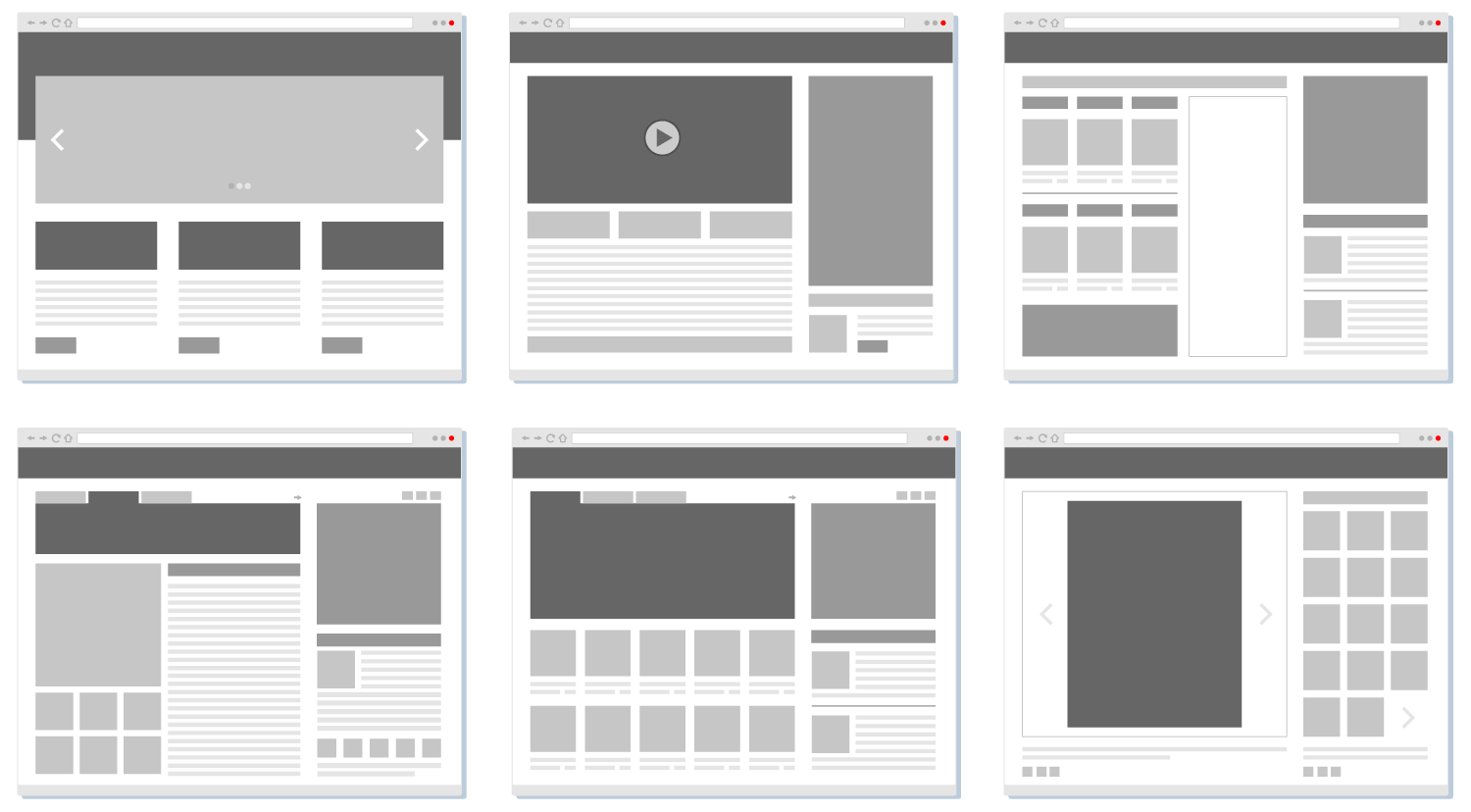
A little bit of Layout History..
- Normal HTML Flow.
- Tables.
- Positioning - Floats.
- Flexbox. Aligns elements in a single axis, either rows or columns (2015).
- Grid. Works in two dimensios. Rows and columns at the same time. (2017)
- Multicolumn (working draft as of 10/2019).
Changing Box Behavior - Display Property
Eack box has a default behavior - block or inline -that can be changed with the display property.
- Block: Displays each element in its own line.
- Inline: Displays the element beside the previous one. Custom height and width will be lost.
- inline-block: Makes a box element inline, retaining it's block element properties.
- none: hides the element by removing the space from the html flow.
- display: block; / display: inline; / display: inline-block; / display:none;
- flex: uses the flexbox model.
- grid: uses the Grid model.
Floats
Float is a positioning property that allows one element to wrap around another.
- Previously used to make full page layouts ans a better alternative to inline-block. When floating, Elements need to have an explicit height value, and this would create problems if the content was bigger than the parent size.
- Float Values:
- Left: Floats element to the left.
- Right: Floats element to the right.
- None: It is the element's default.
- To clear the floats use display:flow-root or clear: both, left or right.
Floats are commmonly used to align text and images on paragraphs.
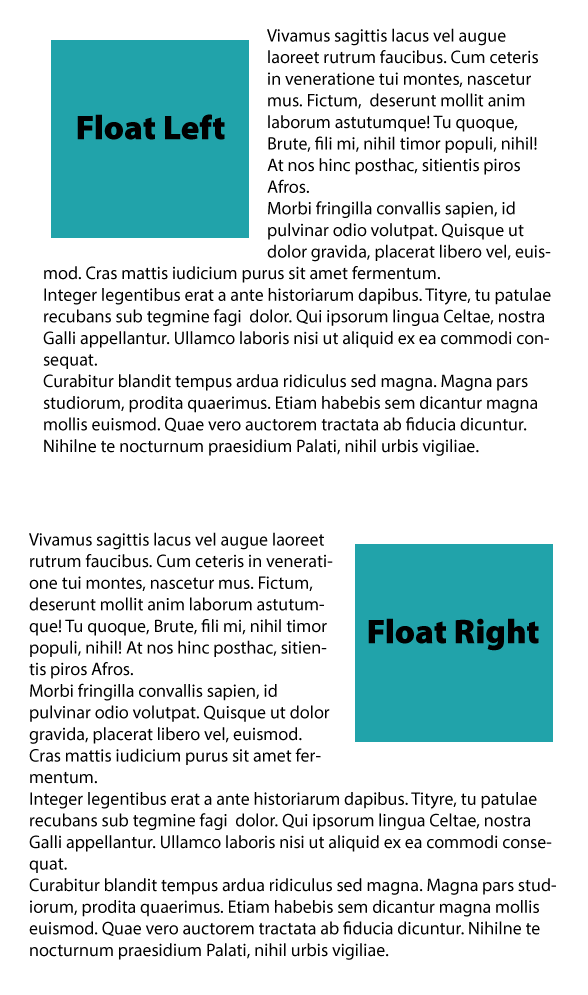
Units for web
Absolute Units
- px These sizes will stay the same regardless of the screen size.
Relative Units
- % a percentage of the parent element.
- em Ems are a relative unit based on the base font size (usually 16px) 1em = 16px
- Convert pixels to ems
- vw % relative to the screen width (viewport)
- vh % relative to the screen height (viewport)
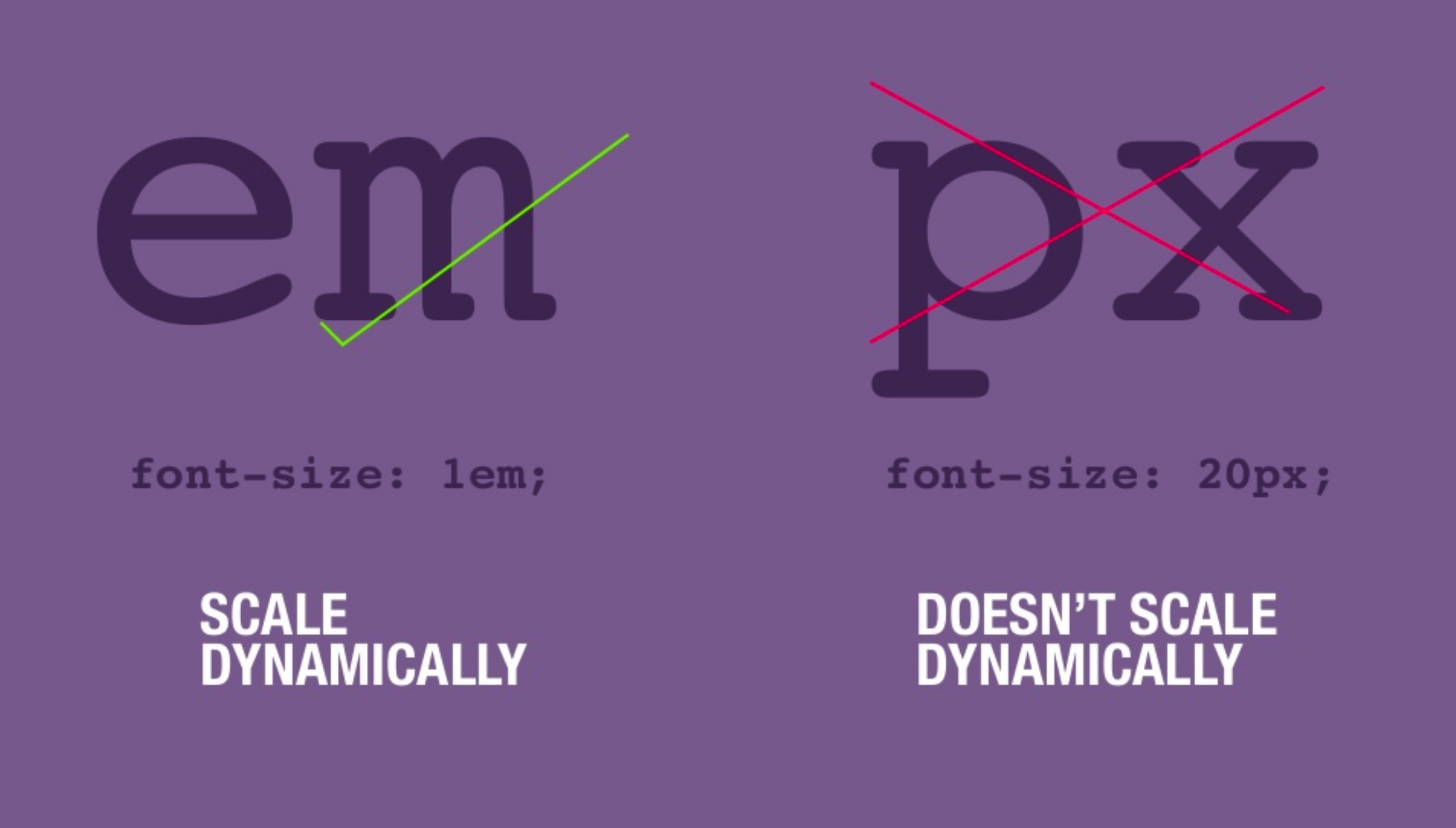
How does the grid work?
- Just like in Flex, most properties are applied to the parent element. All direct children will become a grid element.
- Column and Row count are applied to the parent container to define the structure of the grid.
- The parent container is divided in segments according to the number of selected columns and rows.
- Placement properties are applied to the children inside the grid.
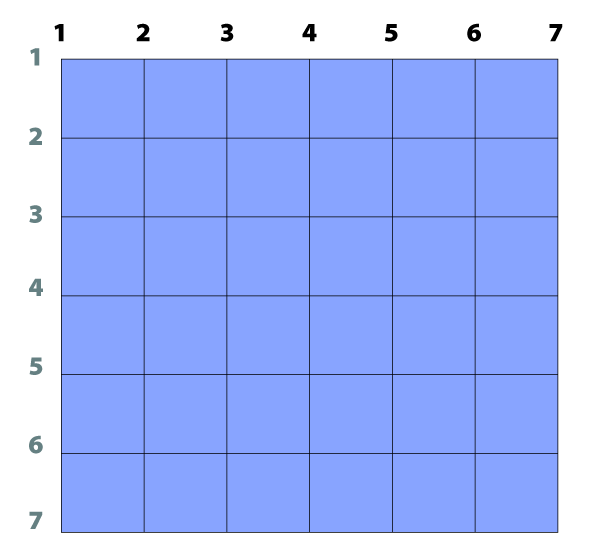
Grid Structure
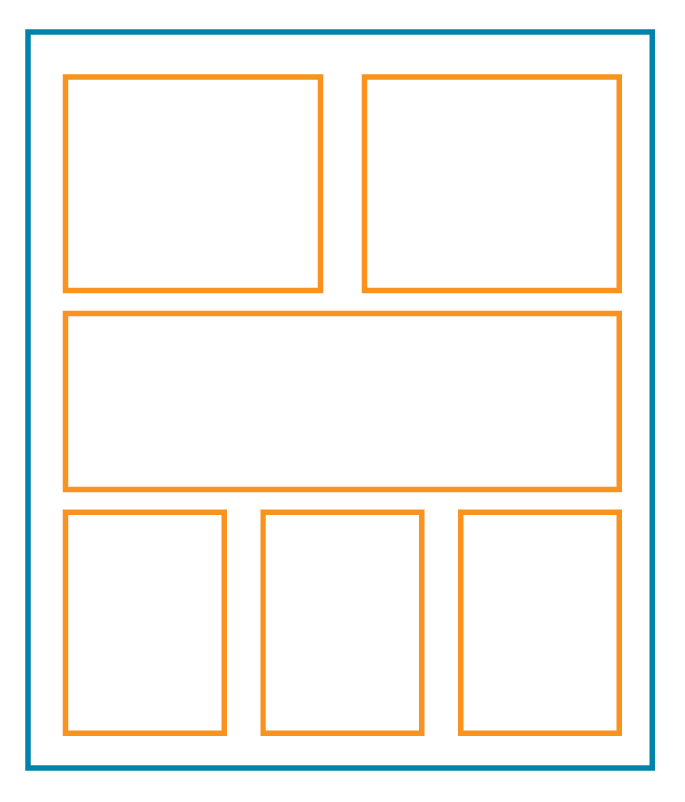
The Parent Container
The parent element determine the the rows and columns
display:grid;
Columns
- grid-template-columns: Determine how many columns you want to have. You can use a combination of fixed, relative fractions or auto,
Rows
- grid-template-rows: If specified, determine how many rows will be added.
Children Containers
Use them for specific positioning of rows and columns.
- grid-column: 1 / 13; (lines 1 to 13)
-
grid-row: 2 /4; (starts on second row to the
4th)
The Parent Container
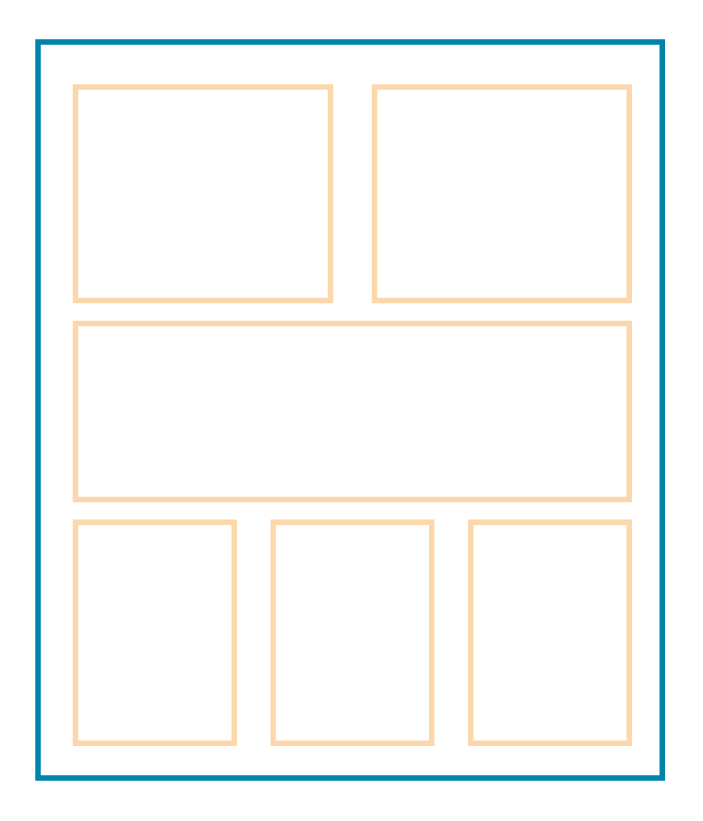
- You can assign spacing between colums and rows:
- grid-column-gap:
- grid-row-gap:
- grid-gap: is used for column and rows
- gap: shorthand for column and rows
- Align and justify items
- align-items: start | end | center | stretch
- justify-items: start | end | center | stretch (items have to be smaller than the grid)
- If you use absolute dimensions on your items, the grid might be larger than the content and you can position the items using justify and align.
- align-content: start | end | center | stretch | space-around | space-between | space-evenly
- justify-content: start | end | center | stretch | space-around | space-between | space-evenly (items have to be smaller than the grid)
The Children Grid Containers
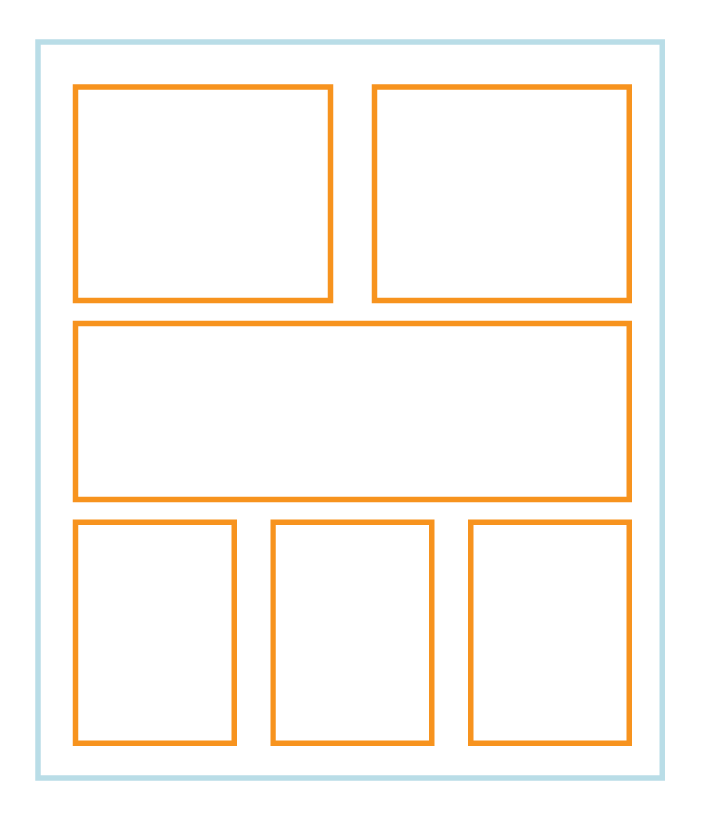
- Positions the elements inside the columns and span across the selected number of columns
- grid-column-start:
- grid-column-end:
- grid-column: Shorthand for grid-column start and end (2/5)
- Positions the elements inside the rows and span across the selected number of rows
- grid-row-start:
- grid-row-end:
- grid-row: Shorthand for grid-row start and end
- Justify and align individual items inside the grid
- justify-self: start | end | center | stretch
- align-self: start | end | center | stretch
Grid Alignment
Justify
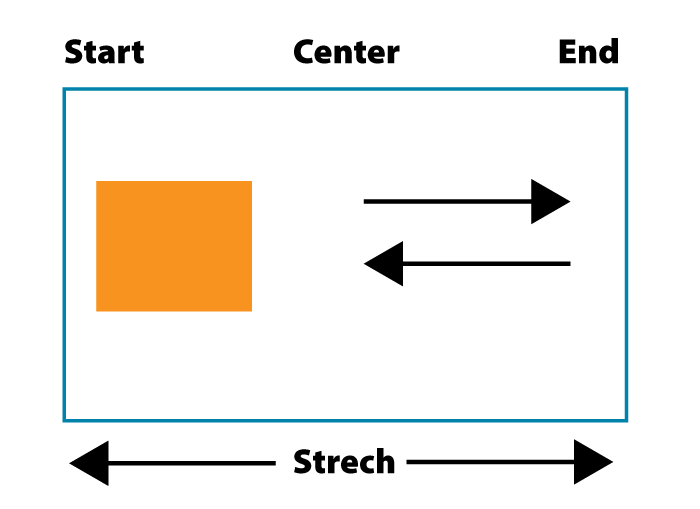
Align

Words to remember:
The following is a mini-glossary of some common terms.
- Fr: A fraction is a unith for lenght. It's a fraction of the available space.
- min-content: Represents the minimun space the content would take. In most cases is the width of the longest single element.
- max-content: Represents the width of the full content.
- auto: It will calculate the available space automatically.
- fit-content(): Fits the content within the given amount of space.
- minmax(val1 , val2): Restrics the size of the elemnt within a minimum and maximum value.
Grid Overlap

- One of the best things of Grid is that elements can overlap.
- Give each element a class
- Use grid-row and the line numbers to determine the column span.
- Use grid-column and line numbers to determine the vertical starting position of the element.
What's the difference between Flex vs Grid?
Flex
- It only works in one direction: Horizontally or vertically.
- Flex is good when you need to align content.
- It works better with simple layouts that follow a natural flow.
- Starting April 2021, it supports Gap, but it's recommended to use margin for older browser support.
- Flex works around your content.
- Great for use in horizontal navigation.
You can practice Flex placement with this game:
Grid
- You can set both directions at the same time in one container.
- It gives you more control over the layout.
- It adds a gap between the elements without having to use margins.
- It lets you overlap elements.
- Grid work with a structure and plays the content inside.
- Use grid when the layout design is more specific.
You can practice Grid placement with this game:
Which one should I use?
There is no universal answer for this question. Most sites use a
combination of both.
It all depends on the layout you need to
build, but here are some guidelines:
- Use Flex when yo want to display elements of different size automatically and there is no fixed structure.
- Use Grid when you want to control the stucture.
- If you are assigning custom widths to your elements, it's better to use Grid.
- If you are creating a simple horizontal navigation, use Flex
